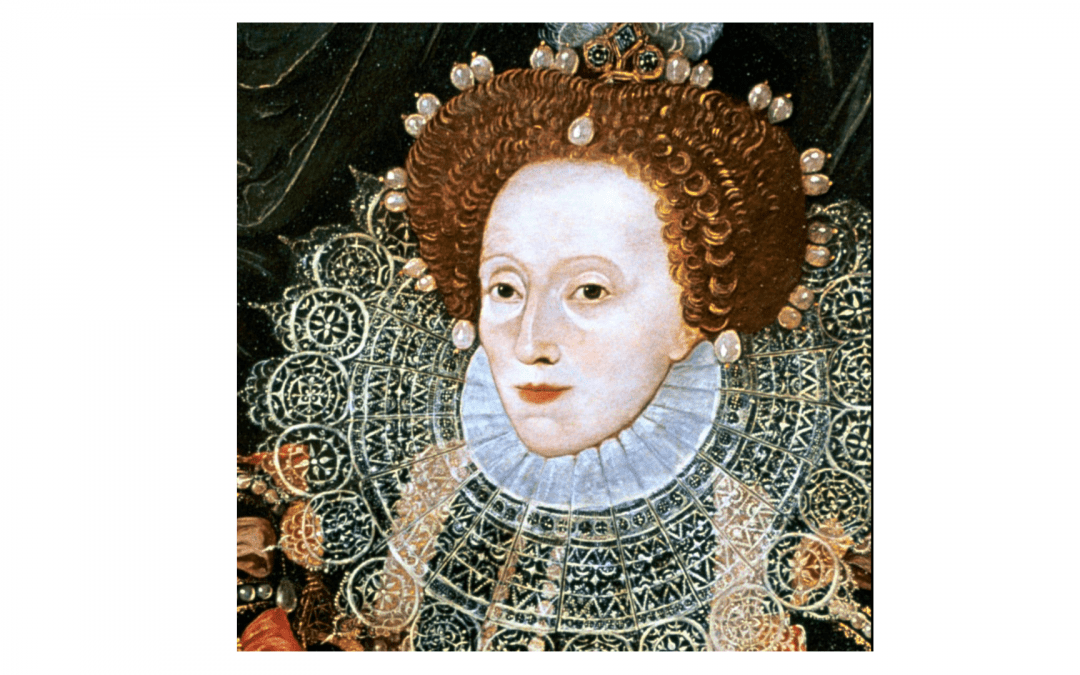Life in Tudor times was packed with uncertainty. Martin Luther’s Protestant philosophy had been debated in England during Henry VIII’s reign, but Henry had written a book defending the Catholic Church and Pope Leo X had named him “Defender of the Faith”. When Pope Clement VII refused to grant him a divorce, he split from the Roman Catholic Church and pronounced himself “Supreme Head of the Church in England”. Under Henry’s reign the monasteries were dissolved and ransacked. That might not seem such a big deal now, but imagine the National Health Service, school system, and wine industry being wiped out in one go. His son Edward VI reigned for only six years, but he introduced the Book of Common Prayer and church services in English rather than Latin. Jane Grey was queen for only nine days and was succeeded by Mary I, who restored Catholicism and burnt heretic Protestants. In a reign of just over five years she burnt around three hundred Protestant heretics at the stake. Queen Elizabeth I restored Protestantism, and had her share of Catholic priests executed. Her reign was punctuated by plots to overthrow her and put the Catholic Mary Queen of Scots on the throne.
England wasn’t alone in uncertainty. The Eighty Years War began in Elizabeth’s reign and ravaged the Netherlands. England’s control of the English Channel was awkward for Spain’s war in the Netherlands, and the threat of the Armada, and Spain’s invasion of England was a constant threat.
Elizabeth’s reign saw the creation of around a hundred schools, and by the end of her reign a majority of towns in England had a grammar school. The publication of books rocketed from just over 400 per year in the 1500’s to more than 4,000 per year in the 1600’s.
A labourer in Elizabeth I’s reign would earn around four pence a day. That would buy basic food amounting to about 5,000 calories, barely enough to fuel the day’s labour, let alone a family. Growing your own vegetables and keeping chickens was essential. Daily rations for sailors in Elizabeth’s navy comprised a gallon of beer, a pound of biscuits or bread, half a pound of cheese, and half a pound of meat or fish. Eating was an incentive to serve at sea.
Health consisted of maintaining a balance of the four humours. If you had too much blood, you would be sanguine. Too much yellow bile would make you choleric. Excessive black bile would make you melancholic, and an excess of phlegm would make you phlegmatic. Hygiene was the preserve of the rich, and plague was a constant threat. In London in 1563, 17,404 deaths were due to plague out of a total of 20,372 deaths. In 1603 it was 32,257 out of 40,040. Life in Tudor times saw and smelt corpses on the streets.
If poverty, hunger, or sickness led you to crime, you were in big trouble. Hanging was the standard punishment for theft of goods worth more than a shilling, a labourer’s wage for three days. Whilst there wasn’t a police force as we know it, there were sheriffs, constables, yeomen, watchmen, bailiffs, bread weighers, and ale tasters, to name but a few of the law enforcement fraternity. The punishment for the more serious crime of heresy, or failure to stay up to date with the fashionable way of worship, was to be burnt at the stake. Treason would warrant hanging drawing and quartering. I won’t go into the details. You can look it up yourselves. No wonder Sir Anthony Standen prayed for beheading. Life in Tudor times was tough.

